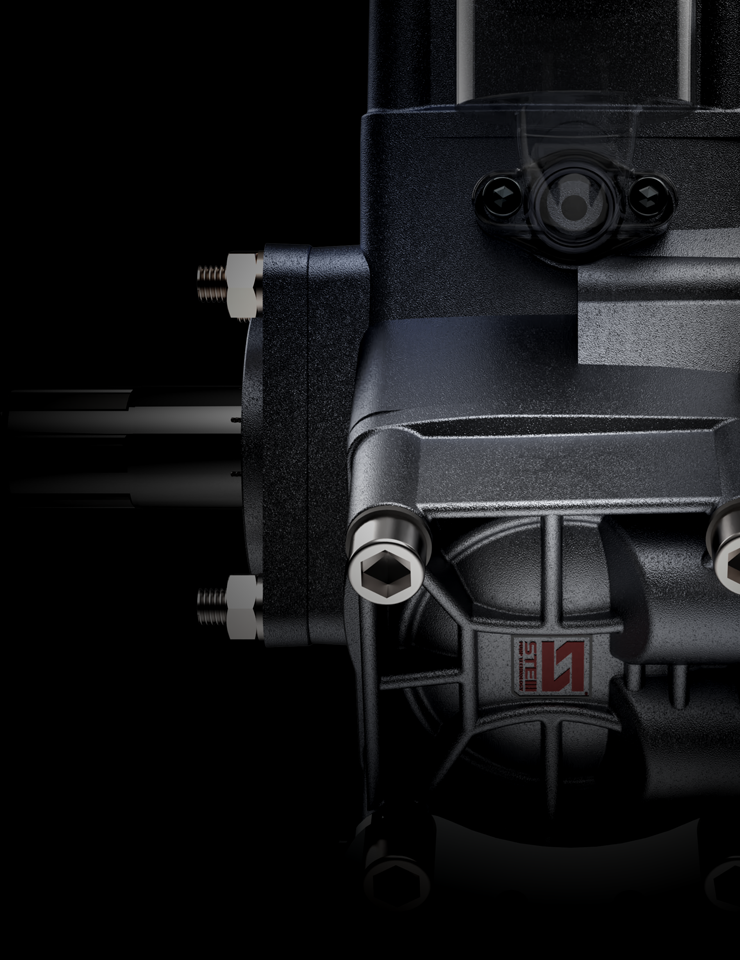
Low Pressure in Sprayer Pumps: Causes and Professional Solutions
Low pressure in sprayer machines is a common problem that leads to decreased spraying performance and reduced operational efficiency. This issue can directly impact crop yield, causing significant economic losses. This comprehensive guide details the primary causes of low pressure and offers professional, long-term solutions.
1. Air Infiltration into the System
A pump's optimal performance depends on an uninterrupted fluid flow. The smallest air bubbles that enter the system can cause pressure fluctuations or even a complete loss of pressure. This condition also increases the risk of cavitation, which can damage the pump's internal mechanisms.
-
Diagnosis: Spraying is irregular and inconsistent. You may hear unusual noises from the pump while it's in operation.
-
Intervention: Inspect all hoses, connections, and clamps on the pump's suction line for leaks. Ensuring that all connection points are secure and leak-proof will protect the system from air ingress.
2. Flow Blockages (Clogs)
One of the most frequent causes of pressure loss is a blockage that prevents the pump's output from reaching the nozzles. These clogs are typically caused by chemical residue, sediment, or other foreign particles within the water.
-
Diagnosis: A general pressure drop may be observed throughout the system, or spraying may cease or weaken from one or more nozzles.
-
Intervention: All filtering elements, including the tank strainer, line filters, and nozzles, should be inspected and thoroughly cleaned. Regular maintenance of these components is critical to prevent the formation of clogs.
3. Wear on Internal Pump Components
If the pressure problem persists after addressing air leaks and blockages, the underlying cause is likely mechanical wear on the pump's internal parts. A pump's ability to generate pressure relies on the perfect condition of critical components such as diaphragms, pistons, and valves.
-
Diagnosis:
-
The pump fails to reach the desired pressure despite an increase in engine speed.
-
The pressure gauge fluctuates constantly and noticeably.
-
The same problem recurs shortly after a repair.
-
-
Solution: The permanent solution for issues stemming from mechanical wear is the use of high-quality pump components made from durable materials. Notably, ceramic pistons and premium seals offer exceptional resistance to harsh chemicals and high-pressure conditions, minimizing the risk of failure. This investment ensures operational continuity and reduces maintenance costs.
Low pressure in your sprayer pump is merely a symptom; the real problem lies within a system flaw or a mechanical deficiency. Accurate diagnosis and investment in quality equipment provide both consistent performance and operational efficiency in the field.
